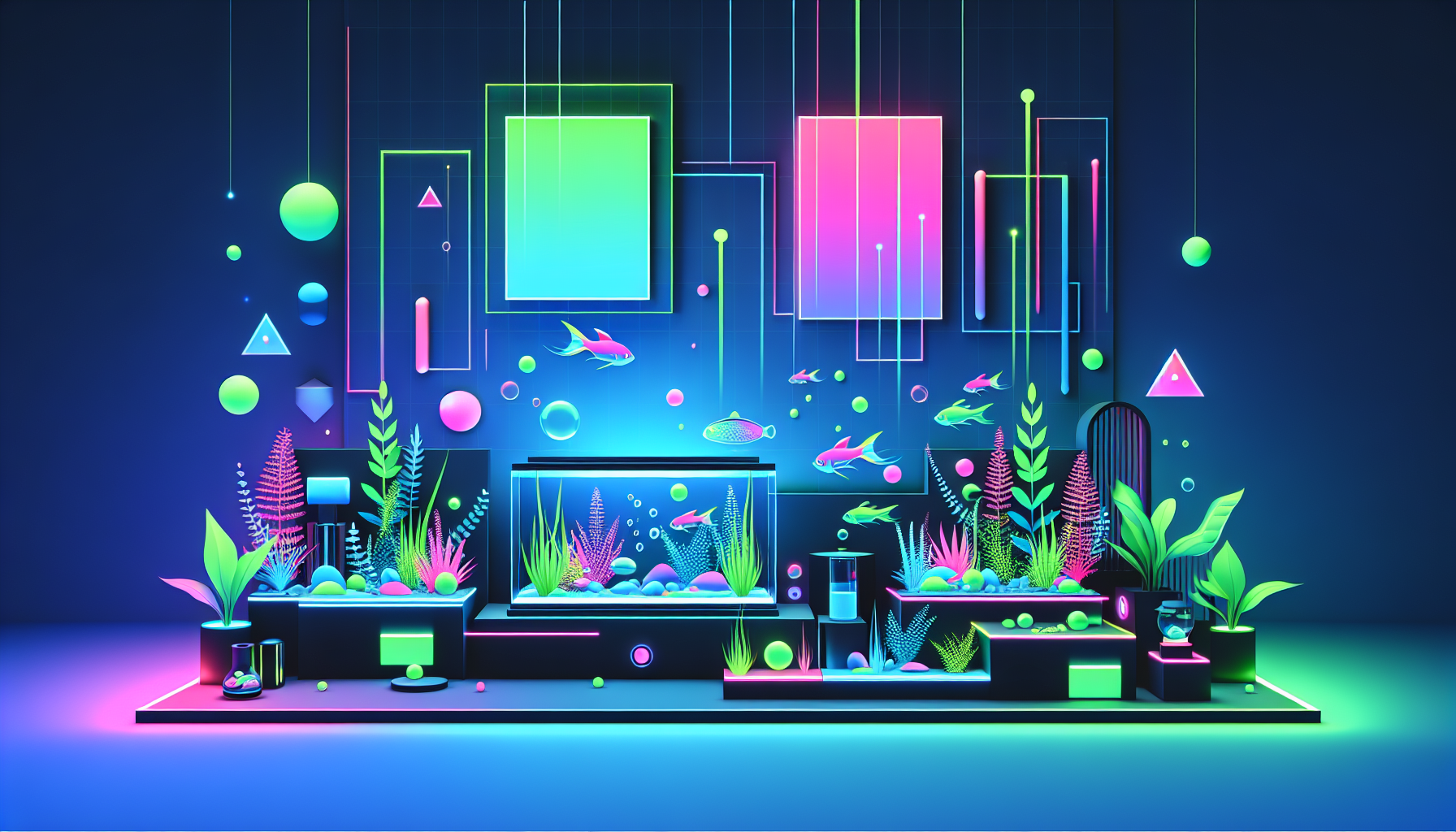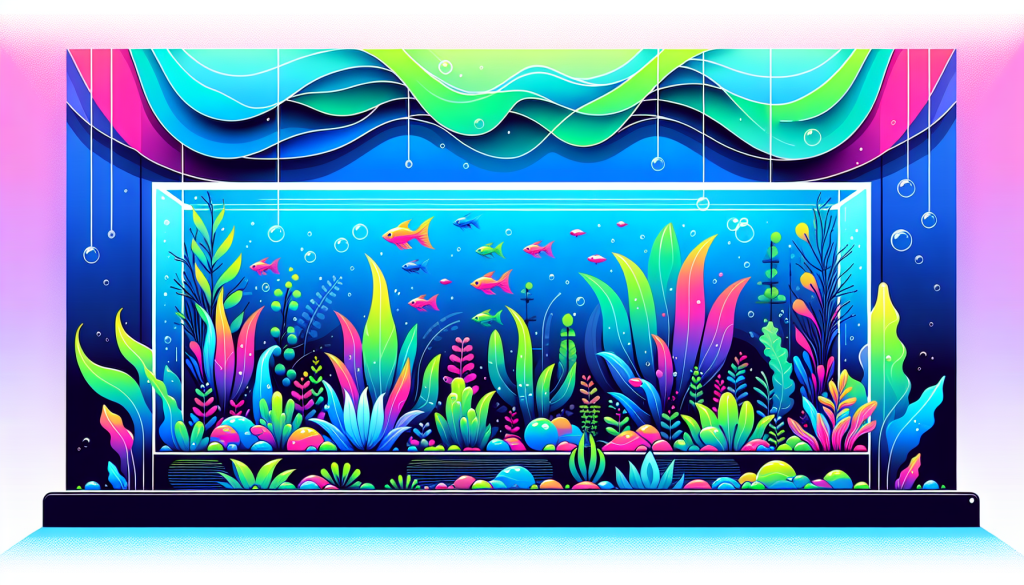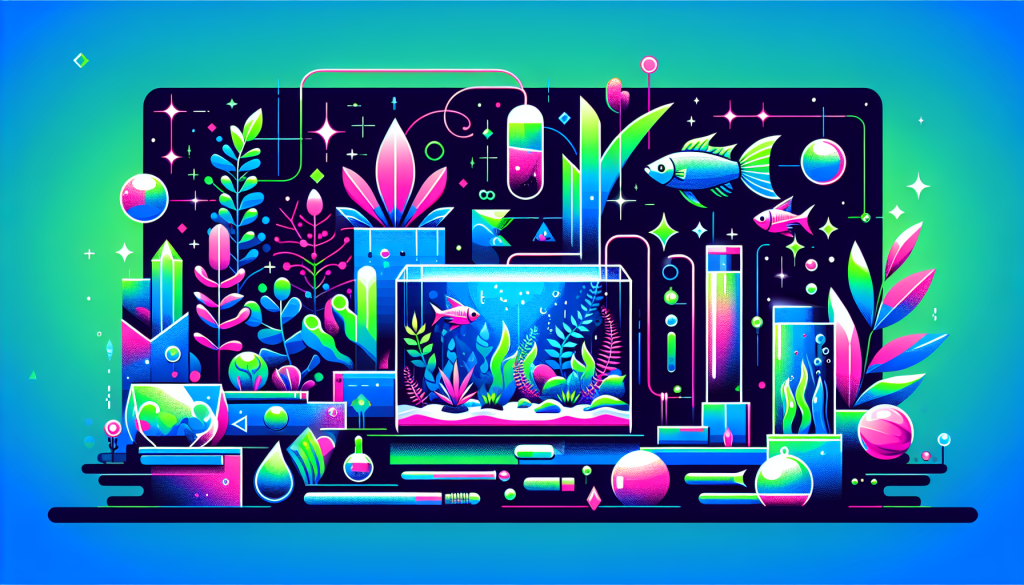How to Iwagumi Step by Step (Intermediate Guide)
If you’ve ever been captivated by the tranquil simplicity of a classic iwagumi aquascape, you’re not alone. This iconic Japanese aquascaping style, where rocks and minimalism reign supreme, is both an art and a challenge—especially as you move from beginner setups to more complex, balanced layouts. In this intermediate guide, we’ll walk you through how to craft your own iwagumi aquascape, step by step, focusing on stone arrangement, substrate, plant choices, planting techniques, and ongoing maintenance. Ready to elevate your aquascaping game? Let’s jump in.
What Is Iwagumi Style?
Iwagumi is a nature aquarium style that uses rocks as its main compositional elements. Developed by aquascaping legend Takashi Amano, iwagumi emphasizes harmony, simplicity, and the beauty of negative space. Each rock has a role—especially the Oyaishi or “main stone”—while aquatic plants fill the foreground and sometimes mid-ground, keeping the focus on the hardscape.
Step 1: Gather Your Tools and Materials
- Aquarium tank (ideally 60-90 cm for intermediate layouts)
- High-quality aquarium substrate (ADA Aqua Soil or similar)
- Rock set for iwagumi (Seiryu, Yamaya, or Ryuoh stones are popular choices)
- Aquascaping tools (tweezers, scissors, spatula)
- Foreground and carpeting plants (like Hemianthus callitrichoides “Cuba” or Eleocharis parvula)
- CO2 system (highly recommended for healthy plant growth)
- Aquarium filter and appropriate lighting
- Optional: hardscape adhesive or anchor materials
Step 2: Plan Your Iwagumi Layout
Sketch out your design or gather inspiration from award-winning aquascapes. A typical iwagumi uses an odd number of stones—usually three, five, or seven—to maintain balance and visual interest. Consider proportions and focal points according to the “Golden Ratio” (about 1:1.618) to achieve natural harmony.
Stone Placement Roles
- Oyaishi (Main Stone): The largest and most impressive stone, usually placed off-center along the golden ratio.
- Fukuishi (Secondary Stones): Complement the main stone and add dynamic movement.
- Soeishi (Supporting Stones): Finish the composition, create flow, and anchor the layout.
Step 3: Preparing the Substrate
Add a nutrient-rich aquascaping substrate to encourage lush carpeting plant growth. Slope the substrate from rear to front (2–4 cm difference) to enhance depth and perspective. You may layer in additional substrate under larger stones for stability and elevation.
Step 4: Arranging Your Rocks
- Start by placing the oyaishi slightly off-center, tilting it forward for an engaging look.
- Add secondary stones (fukuishi) around the main stone at varying angles to generate movement and cohesion.
- Position smaller supporting stones (soeishi) to complete the visual triangle and fill gaps naturally.
- Step back and tweak positions until the layout feels balanced and flows with no symmetry or repetition.
Pro Tip: Rinse stones first to remove dust, and bury about one-third of each stone in the substrate to enhance realism.
Step 5: Planting the Iwagumi
With your hardscape locked in, use long tweezers to plant carpeting species like Dwarf Baby Tears (Hemianthus callitrichoides), Glossostigma elatinoides, or Eleocharis parvula. Space plantlets 1–2 cm apart to promote even growth.
- Focus on foreground and mid-ground planting to preserve the minimalist feel.
- Avoid dense backgrounds—consider only subtle grasses if needed.
Mist plants with water as you go to keep them moist before filling the tank.
Step 6: Filling and Cycling the Aquarium
Slowly fill the tank—placing a plate or plastic wrap on the substrate to avoid disturbing plants and rocks. Start up your filter and CO2 system. Cycle the aquarium for 4–6 weeks, monitoring ammonia, nitrites, and nitrates. Consider introducing fast-growing stem plants as a temporary aid to absorb excess nutrients.
Step 7: Ongoing Maintenance
Iwagumi layouts rely on regular, careful maintenance to stay healthy and stunning. Weekly water changes (at least 50% during the initial weeks) are crucial, especially with nutrient-rich substrates. Trim carpeting plants as needed and monitor for algae, which can be a challenge in minimalist scapes.
- Balance lighting duration (6–8 hours/day)
- Test water parameters weekly
- Remove visible algae manually or introduce algae-eating shrimp
Troubleshooting Common Iwagumi Challenges
- Algae: Reduce lighting, increase water changes, or add more fast-growing plants temporarily.
- Melting Plants: Confirm stable CO2 and nutrient dosing, and check for root disturbance.
- Floating Stones: Double-check for buried bases or add supporting substrate underneath.
More Iwagumi and Aquascaping Resources
- Want to learn the basics? Visit our beginner’s guide to iwagumi aquascaping.
- Curious about plant options? Browse our Aquascaping Glossary for plant profiles and care tips.
- Need aquascaping inspiration? Check out our showcase gallery!
Conclusion: Step Up Your Iwagumi Aquascaping
Embracing the iwagumi style is all about patience, intentional layout, and ongoing care. With this intermediate guide, you can build an aquascape that exudes calm and natural beauty while continuing to enhance your skill level. Want help or feedback on your next layout? Join the conversation in our Aquascaping Community forum—we’d love to see your iwagumi progress!
Ready to try it? Share your iwagumi journey or ask questions below!



